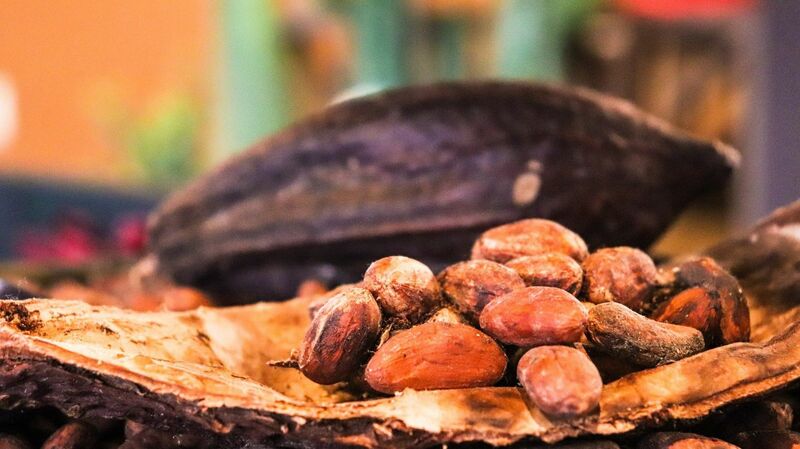In its inaugural Quarterly Bulletin of Cocoa Statistics for the 2023-24 cocoa year, the International Cocoa Organization (ICCO) highlighted a notable forecast: a projected 11% decrease in global cocoa supply to 4.449 million tonnes, along with a nearly 5% decline in global cocoa demand to 4.779 million tonnes compared to the previous season.
This downturn in supply and demand dynamics has triggered a relentless surge in cocoa prices on futures markets in London and New York. The tightening supply situation stems from concerns regarding cocoa production in key regions like Ghana and Cote d’Ivoire, which collectively contribute almost 70% of the world’s cocoa beans.
Jim Roemer, founder of Best Weather Inc. and the WeatherWealth newsletter, remarked on the unprecedented spike in cocoa prices due to diminishing output in Ghana and Cote d’Ivoire. He noted how futures prices have surpassed £5,000 and $6,000 per tonne, exacerbated by worries over adverse weather patterns such as the potential impact of El Niño, reminiscent of the production challenges faced in 2016.
Roemer also expressed apprehension regarding the long-term sustainability of cocoa production in Ghana, especially in light of the looming European Union’s Deforestation Regulation (EUDR), which could curtail output if farms fail to comply.

The Ghana Cocoa Board (COCOBOD) significantly revised its 2023-24 production forecast downward to a range of 650,000-700,000 metric tons, marking a 14-year low. This reduction was attributed to issues like smuggling and adverse weather conditions, leading to reports of Ghanaian farmers struggling to meet contractual obligations for a second consecutive season.
Le Conseil Cafe-Cacao in Cote d’Ivoire suspended forward cocoa sales for the 2024-25 season in January, pending a clearer outlook on expected cocoa production from local farmers. Rich Asplund from Barchart noted that this suspension compounds the existing challenges in the region’s cocoa supply chain, potentially exacerbating supply concerns.
The ICCO emphasized the urgency for major stakeholders to address the structural issues plaguing the cocoa industry. Bloomberg reported a staggering 25% surge in futures prices in February, the largest monthly gain since 2001, with prices hitting record highs, reaching $6,648 per metric ton on February 26th.
The escalating cost of cocoa is reverberating across the confectionery sector as leading suppliers and manufacturers pass on the increased risks to consumers.
Barry Callebaut anticipates cocoa production falling short of consumption by 500,000 tons in the current season, with analysts predicting a further deficit of 150,000 tonnes in the following season if West African farmers cannot boost output due to insufficient farm investments.
The ICCO cautioned that significant production declines are expected in top cocoa-producing countries due to adverse weather conditions, diseases, and decreased yields from aging trees. This limited availability of cocoa beans has substantially driven up cocoa prices, posing operational challenges for processors grappling with rising raw material costs.


